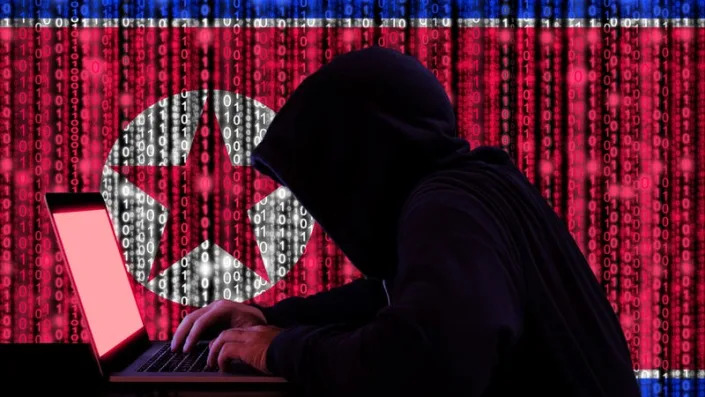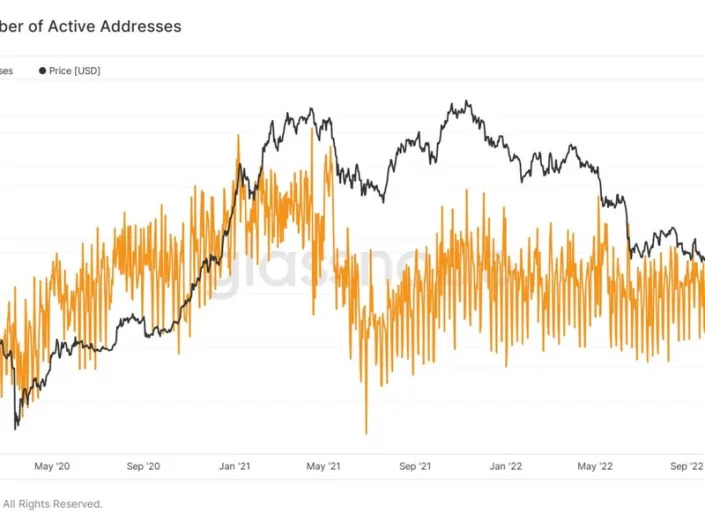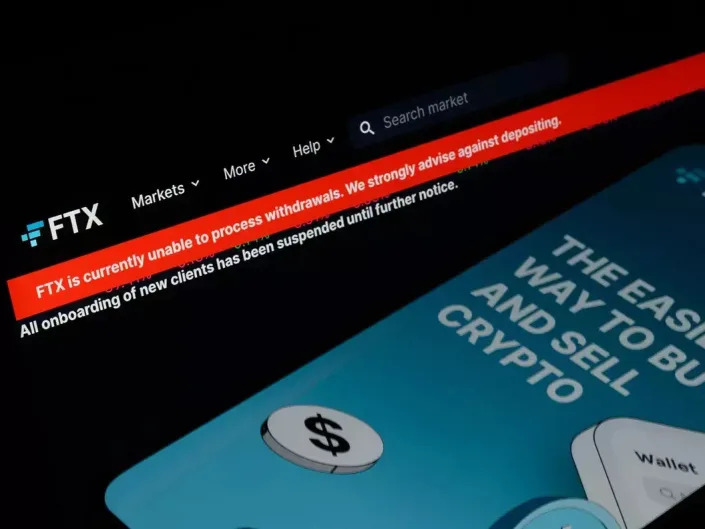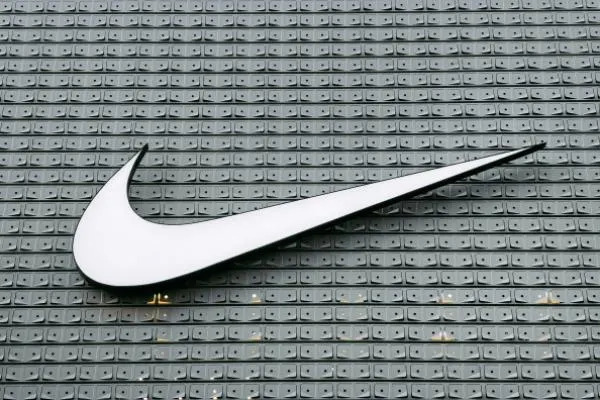
In this photo provided by the North Korean government, North Korean leader Kim Jong Un, bottom center, attends a ruling party congress in Pyongyang, North Korea, on Jan. 12, 2021. North Korean hackers have stolen an estimated 1.5 trillion won ($1.2 billion) in cryptocurrency and other virtual assets in the past five years, more than half of it this year alone, South Korea’s spy agency said Thursday, Dec. 2022.
HYUNG-JIN KIM
Thu, December 22, 2022 a
SEOUL, South Korea (AP) — North Korean hackers have stolen an estimated 1.5 trillion won ($1.2 billion) in cryptocurrency and other virtual assets in the past five years, more than half of it this year alone, South Korea’s spy agency said Thursday.
Experts and officials say North Korea has turned to crypto hacking and other illicit cyber activities as a source of badly needed foreign currency to support its fragile economy and fund its nuclear program following harsh U.N. sanctions and the COVID-19 pandemic.
South Korea's main spy agency, the National Intelligence Service, said North Korea’s capacity to steal digital assets is considered among the best in the world because of the country's focus on cybercrimes since U.N. economic sanctions were toughened in 2017 in response to its nuclear and missile tests.
The U.N. sanctions imposed in 2016-17 ban key North Korean exports such as coal, textiles and seafood and also led member states to repatriate North Korean overseas workers. Its economy suffered further setbacks after it imposed some of the world's most draconian restrictions against the pandemic.
The NIS said state-sponsored North Korean hackers are estimated to have stolen 1.5 trillion won ($1.2 billion) in virtual assets around the world since 2017, including about 800 billion won ($626 million) this year alone. It said more than 100 billion won ($78 million) of the total came from South Korea.
It said North Korean hackers are expected to conduct more cyberattacks next year to steal advanced South Korean technologies and confidential information on South Korean foreign policy and national security.
Earlier this month, senior diplomats from the United States, South Korea and Japan agreed to increase efforts to curb illegal North Korean cyber activities. In February, a panel of U.N. experts said North Korea was continuing to steal hundreds of millions of dollars from financial institutions and cryptocurrency firms and exchanges.
Despite its economic difficulties, North Korea has carried out a record number or missile tests this year in what some experts say is an attempt to modernize its arsenal and boost its leverage in future negotiations with its rivals to win sanctions relief and other concessions.
Jody Serrano
Thu, December 22, 2022

The black silhouette of a hacker on a computer is shown against a North Korean flag.
Missing some crypto? There’s a good chance it was North Korea who took it.
South Korea’s top spy agency revealed on Thursday that state-sponsored North Korean hackers had stolen $1.2 billion in cryptocurrency and other digital assets from targets around the world over the last five years.
The National Intelligence Service stated that more than half of the assets stolen, or about $626 million, had been taken in 2022 alone, the Associated Press reported. Of the total amount snatched this year, more than $78 million was from South Korea. The spy agency expects North Korea to ramp up its cyber attacks on South Korea in 2023 and focus on stealing advanced technologies related to nuclear plants, chips, and the defense industry
“Marking the third year under its five-year economic development plan in 2023, the North is expected to be bent on stealing key technologies, and collecting diplomatic and security intelligence in a bid to meet its policy goals,” the National Intelligence Service said, according to the Yonhap News Agency.
In addition, North Korea is likely to continue engaging in cryptocurrency theft. North Korean hackers are considered to be some of the best in the world at stealing cryptocurrency and digital assets, the National Intelligence Service explained. In fact, the FBI believes that North Korea is responsible for the theft of roughly $625 million from crypto gaming company Axie Infinity this past March. The Axie Infinity theft is the biggest crypto theft in history so far.
The digital thieves honed their skills after the United Nations tightened economic sanctions in 2017, which banned the export of North Korean goods including coal, textiles, and seafood, in response to the country’s test of nuclear weapons and missiles.
The UN sanctions prompted North Korea to focus on cybercrimes. According to U.S. and international experts, the country uses up to a third of the stolen funds to finance its missile program. North Korea is considered one of the world’s foremost nation-based cyberthreats along with China, Russia, and Iran.
As of November of this year, North Korea had carried out 34 weapon tests involving about 88 ballistic and cruise missiles, financed in large part by the country’s illicit activity. In November, the country tested two intercontinental ballistic missiles, which experts say can hit anywhere in the U.S.
More from Gizmodo
















